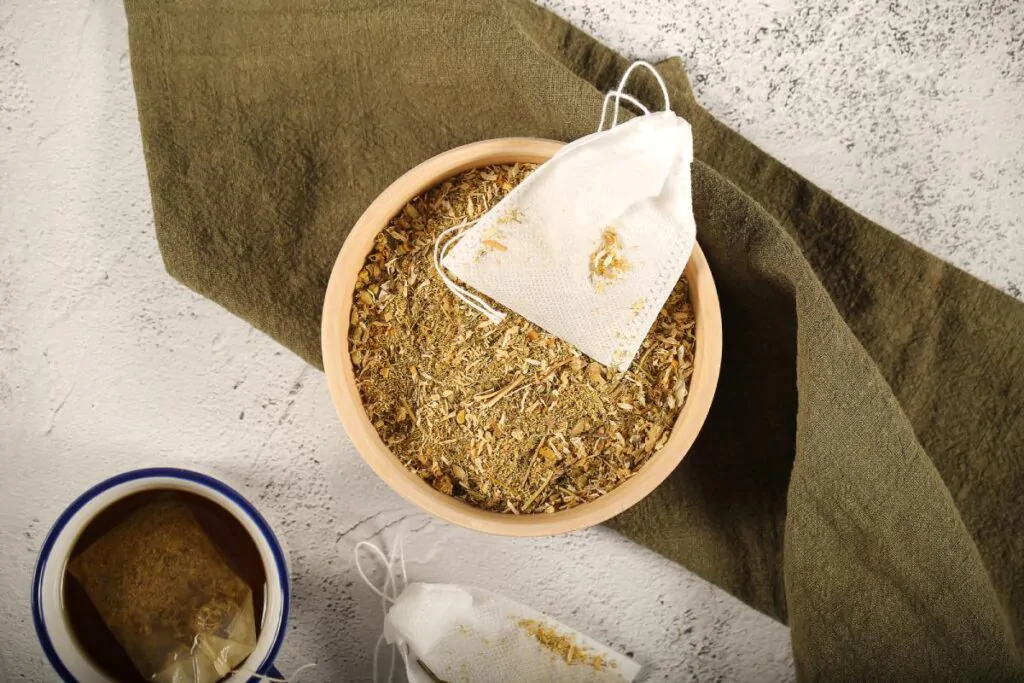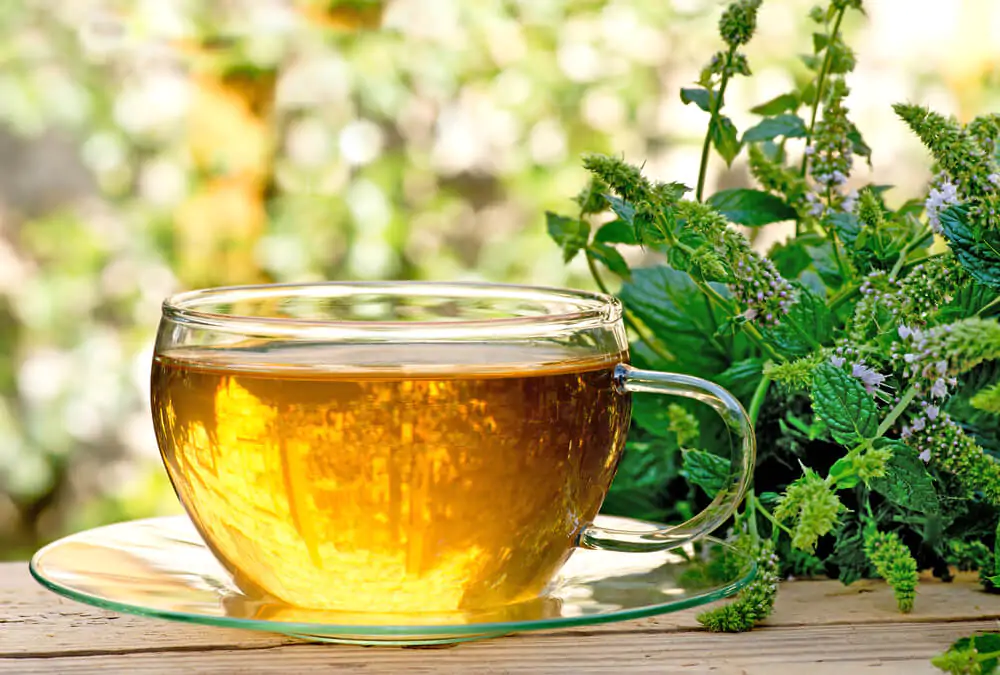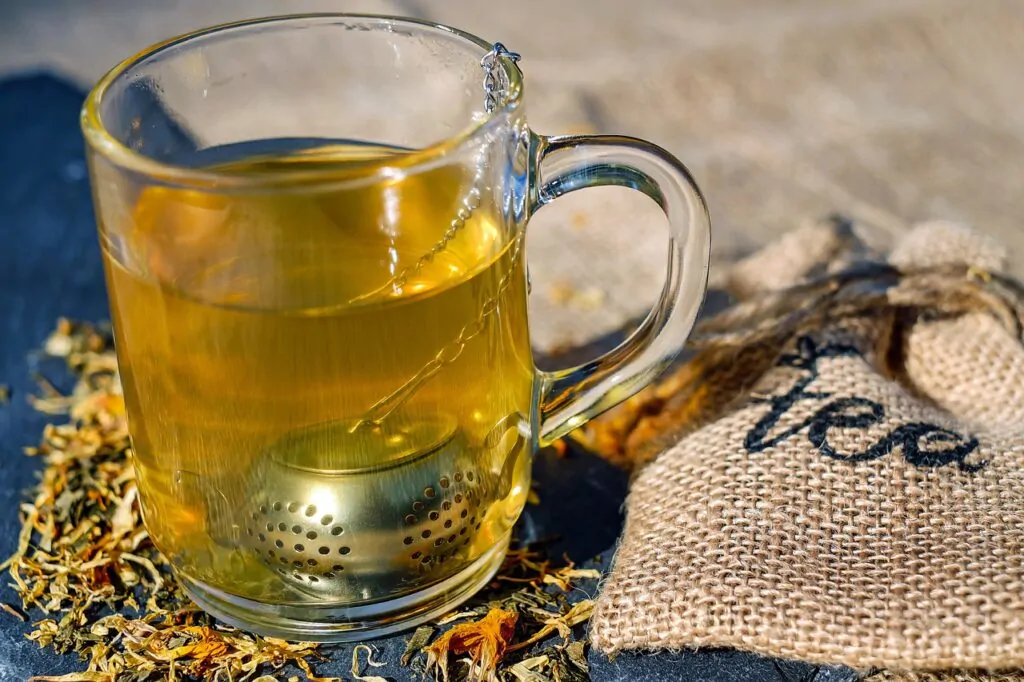Want to know how to cold brew loose leaf tea? In this article, we’ll share the best methods for making cold brew tea with loose tea leaves.

Cold brewing loose leaf tea can be a little tricky but is not impossible. Any kind of tea can be cold-brewed, whether it’s black tea or herbal tea. Like cold brew coffee, cold brew tea involves stewing the leaves in cold water for several hours to allow it to infuse.
All you need to provide are some common household products, and you are already halfway towards a refreshing loose leaf cold brew.
Cold Brewed Loose Leaf Tea Recipe
Equipment
- Tea infuser or strainer
- Pitcher
Ingredients
- Loose-leaf tea of choice
- Water
- Ice
Instructions
- Put the tea leaves in a pitcher and add water. The ratio is one tablespoon of tea leaves to four cups of water.
- Place the tea leaves in the fridge overnight. Herbal teas, like hibiscus, peppermint, or berry teas, brew the slowest, while green tea and black tea can take only three to five hours. Leaving any kind of tea in the fridge for 12 hours is fine, but going over the 24-hour mark could leave your tea tasting too strong or leave a have funny taste.
- Remove the tea from the fridge.
- Pour the tea directly from the pitcher into a glass with an inverse strainer sitting in it.
- Remove the strainer, and dispose of the tea leaves.
- Pour your cold brew loose-leaf tea into a glass, add ice and any sweeteners you want, and enjoy!

Cold Brew Tea With Teabags Recipe
Equipment
- Pitcher
- Reusable teabags optional
Ingredients
- Teabags or choice or loose-leaf tea
- Water
- Ice
Instructions
- Add your teabags to a pitcher or place your loose-leaf tea into a metal tea strainer or a linen or cotton reusable tea bag. For this method, a good ratio is around one spoon of leaves for four to six cups of water. Try to avoid using a plastic tea infuser, as this can leech and impact the flavor.
- Fill the pitcher with cold water.
- Place your pitcher in the fridge for between six and 12 hours.
- Stir the contents of the pitcher and remove the tea strainers.
- Pour your cold brew tea into a glass with ice and serve. Feel free to add sweetener.
- Place the pitcher back in the fridge without the tea infusers and enjoy another drink later on.

Resources
If you like this article, read our guide on how to make cold-brew coffee.
In this article, we cover how to grind coffee beans for cold brewing.
